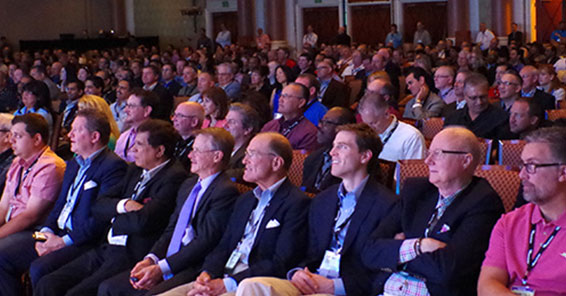How To Hire Great Employees

What are the characteristics of a great employee? How can you identify those qualities as you go through the hiring process? And how do you track employees' performance after you hire them?
The first quality you should look for is personality. If the position you are looking to fill requires that the employee interact with your customers and with your other employees, personality is critical.
If, on the other hand, the position involves little human contact, personality isn't nearly as important. We all know—and have worked with—people who are content to sit alone in a room and go about their business. Many accountants, for example, might be more comfortable working with numbers than they are working with people. I'm not being dismissive here; those people provide a valuable service to you and your company, but they probably don't find making personal connections very exciting.
When you meet with candidates for a position that requires human interaction, go with your gut. What's your initial reaction? How do you feel about the candidates' demeanors? Are they pleasant, relaxed? Are they people you feel a connection with and who you think will form good connections with other members of your team?
Do they smile? Vernon Hill, founder of Commerce Bank and Metro Bank in London, is the most customer-driven banker in the world. He said, "If they don't smile in the first interview, there is no second interview."
Personality is apparent in many ways. That includes how candidates dress. I'm not insinuating that what they wear should be expensive, but I do stress that their hair and clothes be clean, which indicates that they are proud of who they are.
How they look indicates how they see—and value—themselves. For example, if they dress with a bit of flair, you can assume that they are creative and self-assured. Creativity is a great attribute because those people will bring with them new ideas. Also, pay attention to candidates' body language and how they carry themselves. For example, people who lean forward as you talk are letting you know that they are interested in what you have to say.
Another example is a person who has good posture, which indicates that he or she is confident, which is another positive trait. I do have a caution for you here: You want to hire people who are confident but not arrogant. Arrogance and a superior attitude won't work well with your customers or with your other team members. Arrogant people will cause problems with your customers and with other employees. Instead, you want to hire people who can think quickly, analyze a situation, and use their resources to solve problems.
If candidates have these qualities, hire them. They will welcome your customers with a smile and a can-do attitude. They will form connections with your customers, and those connections will keep customers coming back to you. Remember this: You can train for skills, but you can't train for attitudes.
It's also important that you recognize that most people can be charming for 30 minutes, but find it difficult—if not impossible—to maintain that façade over the long term. Once you've hired employees, keep track of their performance. Talk to their coworkers and managers. Are these new hires performing at acceptable—or exceptional—levels?
Also, conduct regular performance reviews with new employees. Ask for their feedback. How do they feel they are doing? What help would they like from you, and how can you provide it? Do everything you can to provide these employees with what they need to perform at their highest levels.
John Tschohl is the founder and president of the Service Quality Institute—the global leader in customer service with operations in more than 40 countries. He is considered one of the world's foremost authorities on all aspects of customer service and has developed 20 customer service training programs—including Achieving Excellence Through Customer Service—that are used by companies throughout the world. His monthly strategic newsletter is available online at no charge at customer-service.com. He can also be reached on Facebook, LinkedIn, and Twitter.
Share this Feature
Recommended Reading:
FRANCHISE TOPICS
- Multi-Unit Franchising
- Get Started in Franchising
- Franchise Growth
- Franchise Operations
- Open New Units
- Franchise Leadership
- Franchise Marketing
- Technology
- Franchise Law
- Franchise Awards
- Franchise Rankings
- Franchise Trends
- Franchise Development
- Featured Franchise Stories
| ADVERTISE | SPONSORED CONTENT |

$500,000
$87,325





 The multi-unit franchise opportunities listed above are not related to or endorsed by Multi-Unit Franchisee or Franchise Update Media Group. We are not engaged in, supporting, or endorsing any specific franchise, business opportunity, company or individual. No statement in this site is to be construed as a recommendation. We encourage prospective franchise buyers to perform extensive due diligence when considering a franchise opportunity.
The multi-unit franchise opportunities listed above are not related to or endorsed by Multi-Unit Franchisee or Franchise Update Media Group. We are not engaged in, supporting, or endorsing any specific franchise, business opportunity, company or individual. No statement in this site is to be construed as a recommendation. We encourage prospective franchise buyers to perform extensive due diligence when considering a franchise opportunity.